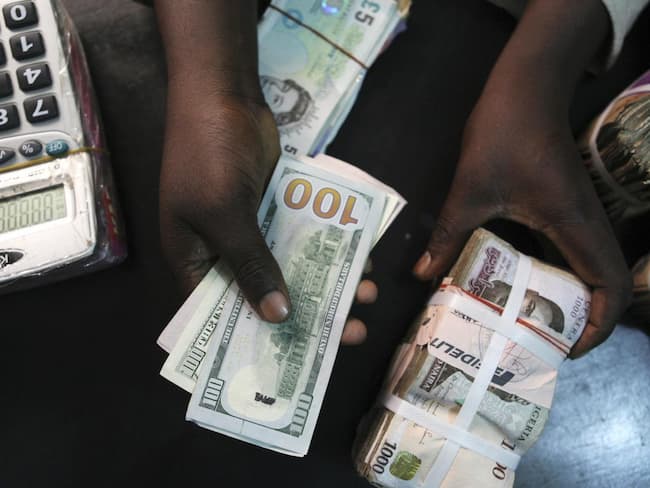The World Bank on Tuesday said that developing economies’ external debt has more than doubled from a decade ago to $9 trillion in 2021, signaling that the debt crisis confronting these countries has worsened.
The pandemic has forced many countries to borrow more, and World Bank President David Malpass has warned of a fifth wave of debt crisis.
With global inflation and interest rates on the rise, many countries are already in or at risk of debt distress.
And global growth is slowing sharply this year, raising the prospect of a global recession in 2023 amid “one of the most internationally synchronous episodes of… policy tightening” in 50 years, according to the World Bank.
“A comprehensive approach is needed to reduce debt, increase transparency, and facilitate swifter restructuring — so countries can focus on spending that supports growth and reduces poverty,” Malpass added on Tuesday.
He told reporters that the combination of high government debt levels and rising interest rates will cause advanced economies to absorb more global capital for a longer period of time.
“For developing countries, this is a grim outlook… access to electricity, fertilizer, food and capital is likely to remain limited for a prolonged period,” he added.
Meanwhile, Malpass claims that underinvestment in businesses is impeding future growth.
According to a World Bank press release, the poorest countries eligible for loans from the World Bank’s International Development Association (IDA) now spend more than a tenth of their export revenues servicing long-term public and publicly guaranteed external debt.
According to the Washington-based development lender, this is the highest proportion since 2000.
IDA countries’ external debt nearly tripled in the decade leading up to 2021.
“On the surface, debt indicators seem to have improved in 2021,” the World Bank said, adding that “this was not the case for IDA countries.”
The bank stated that the vulnerabilities highlight the urgent need to improve debt transparency.














